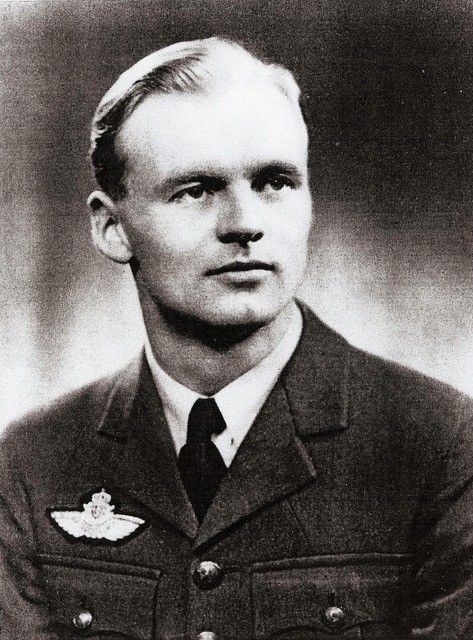On 3 November, twelve Spitfires from Norwegian 332 squadron took off for a ground attack on German positions near Klundert. Among them was 2nd Lieutenant Erik Sunde flew in his Spitfire. Around Klundert, German air defence fired on the swarm of Spitfires and Sunde's plane was hit, cathching fire. He steered south because he knew that south of the Mark was liberated territory and he might be able to make an emergency landing there. Unfortunately, the Spitfire was so battered that Sunde had to abandon his plane, and it crashed into a wide ditch in the Oudland polder near Standdaarbuiten. Erik Sunde was very low in the air and fell into a meadow with his parachute unopened. He died on the spot, aged 26.
Back at the air base, Sunde's colleagues had seen his plane on fire. In such cases, it was usual for the Norwegian Air Force to try to clarify the fate of the pilot. Added to this was the fact that Erik's father was a Minister in the expelled Norwegian Government in London, which meant extra pressure from there to find out what had happened to him.
An Investigation Team set out to search for Sunde and his Spitfire, and on 12 November they found an aircraft wreckage in the Oudland polder. Agricultural workers were working nearby, and three of them had seen Sunde fall to his death. The American forces transferred Sunde's body to a mortuary in Roosendaal, where he was identified by his brother, Arne Sunde, also an officer in the Norwegian Air Force. Erik Sunde was buried in the central cemetery in Roosendaal. In 1946, his mortal remains were transferred to the family grave in Oslo, Norway.
